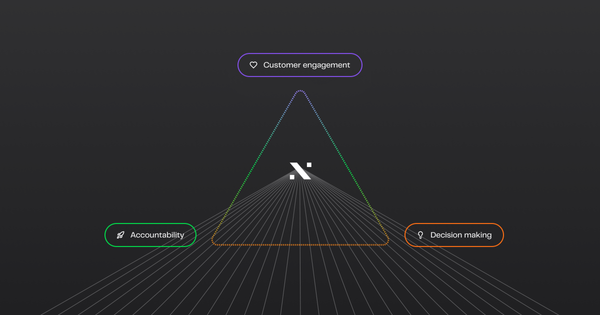Designing a developer-first console
What does it take to design a cloud console that meets developers’ needs? In this article, we will explore some guiding principles that influence our design approach at Nebula.
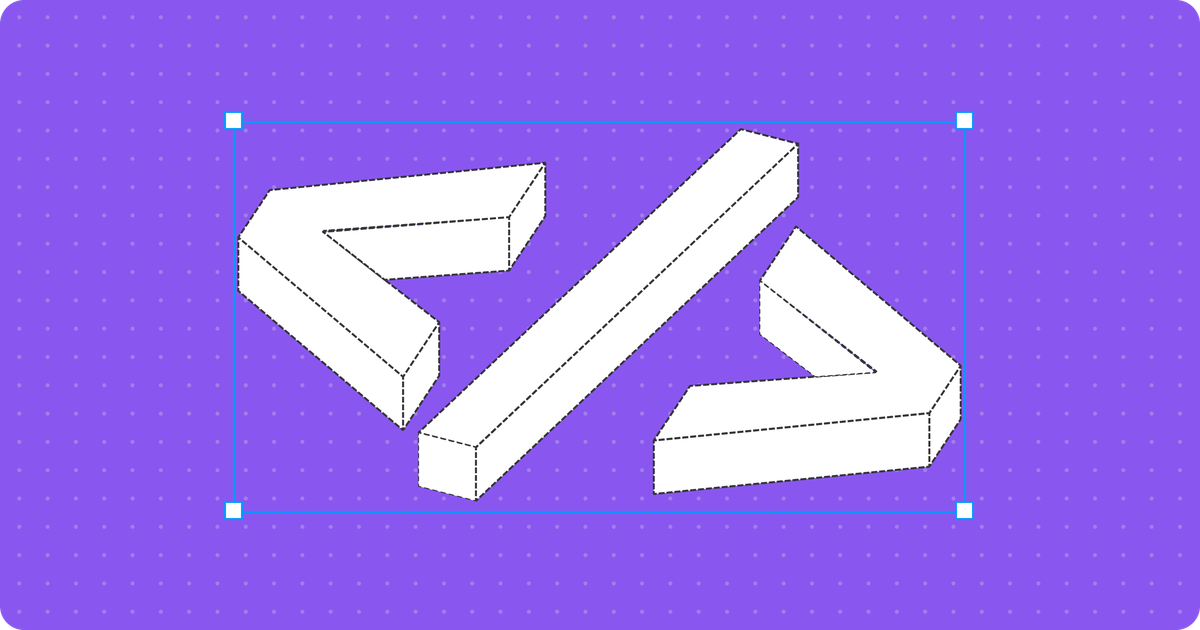
Designing for developers isn’t just about creating tools; it’s about understanding how they think, work, and solve problems. Developers thrive on complexity, but they also demand efficiency and flexibility. They want powerful, scalable tools that don’t get in their way but help them move faster and more precisely.
At Nebula, we set out to build a platform that speaks directly to developers' needs, not just in terms of functionality but how it feels to use. Creating something truly "developer-first" means combining deep technical capabilities with a user experience that makes those capabilities easily accessible.
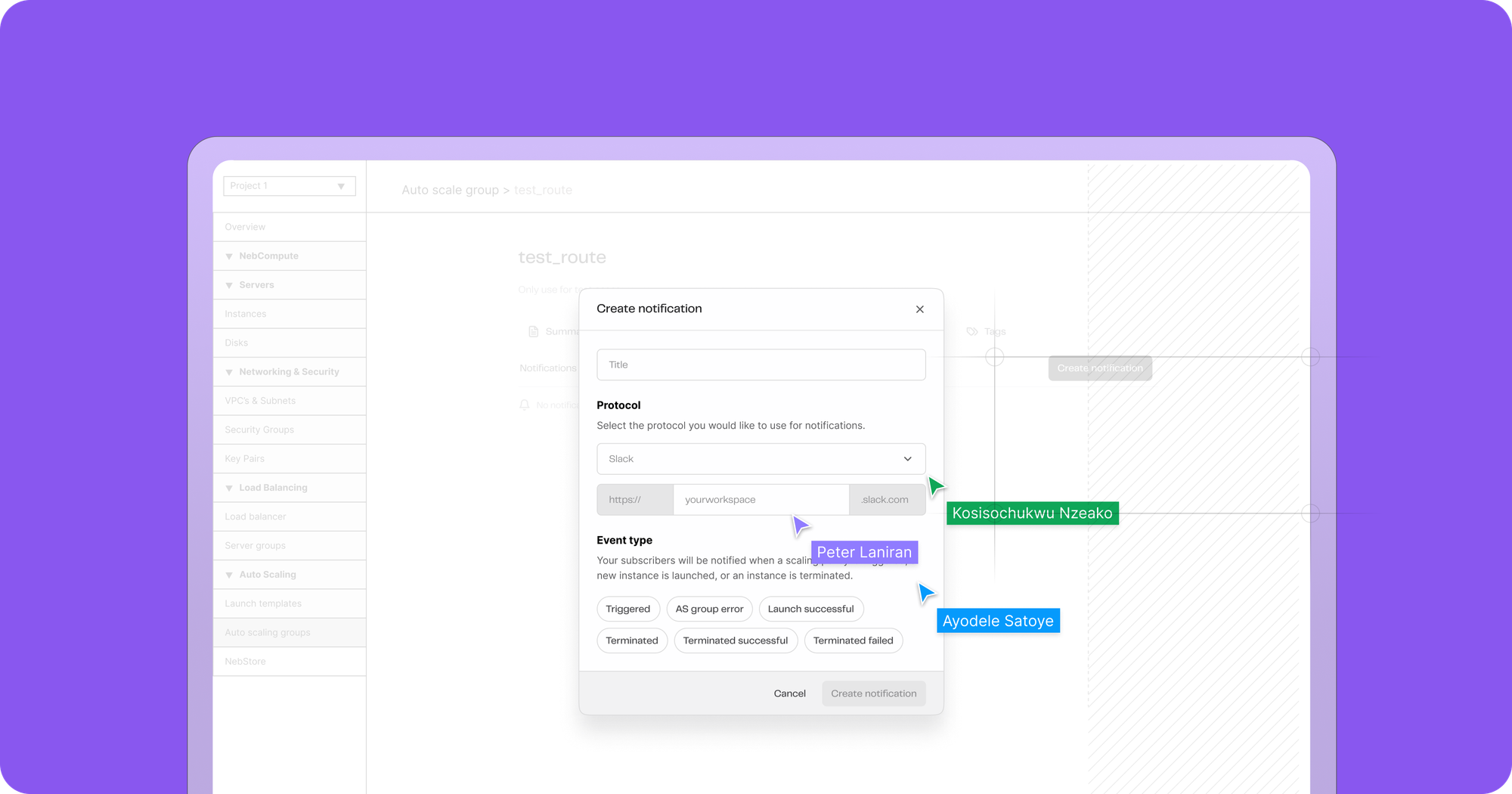
A unified approach to UX and engineering
From the outset, our goal wasn’t just to design a cloud platform, but to build one that felt inherently developer-centric. That meant our design process couldn’t exist in isolation from the platform's technical realities. Instead of treating technical feasibility as a checkpoint later in the process, we made it the foundation of our approach.
We started by collaborating with our cloud services and back-end teams on technical documentation, ensuring that every feature was designed with real developer workflows in mind. This documentation-first approach improved alignment and allowed us to shape the experience with a shared perspective between design and engineering.
By embedding technical alignment from the beginning, we reduced friction in the development cycle, avoided unnecessary iterations, and created an experience where functionality and usability evolved together. Before the first wireframe was executed, all stakeholders understood how features should behave, what constraints we needed to consider, and where we had opportunities to enhance the experience.
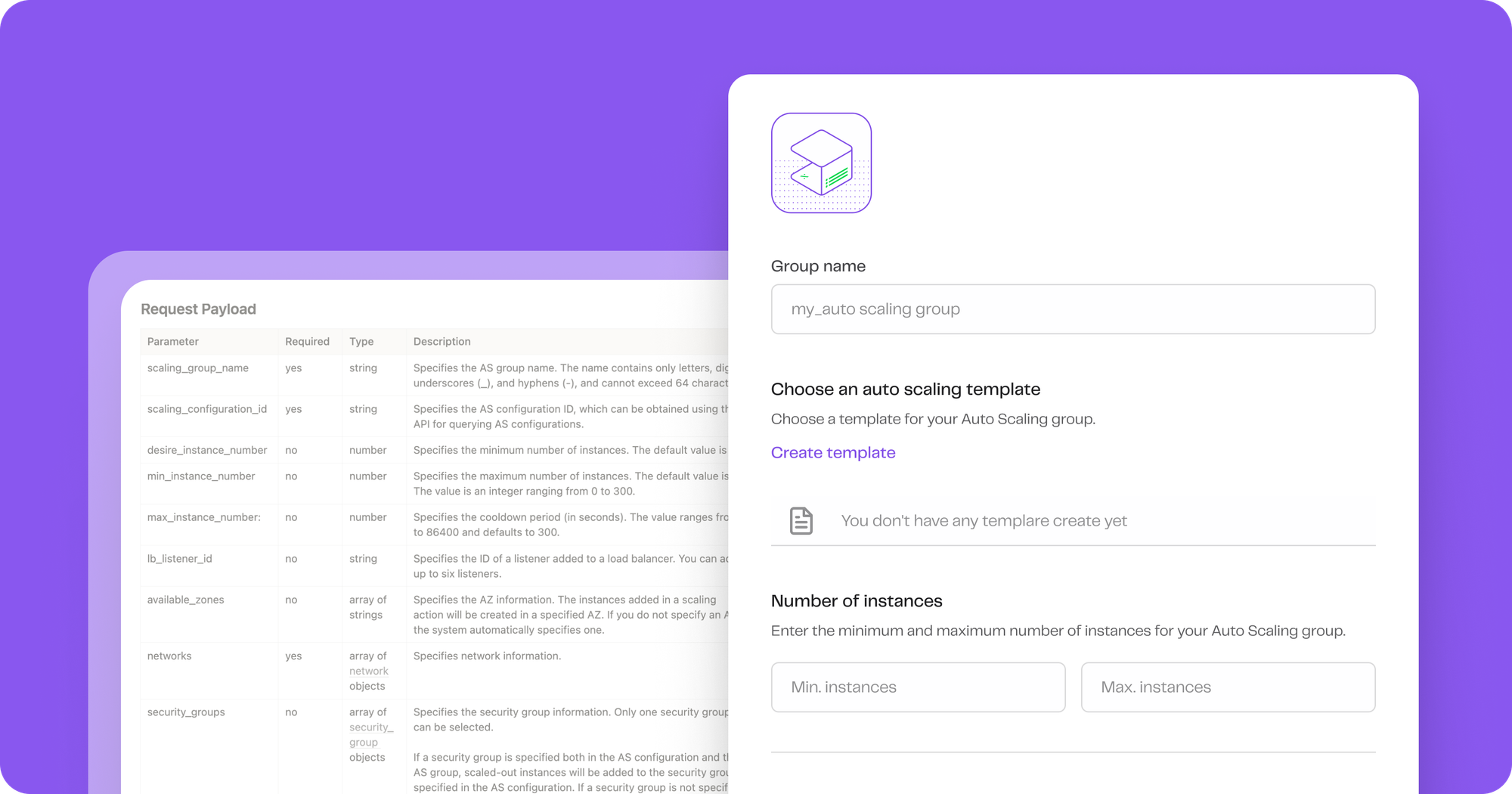
Balancing simplicity with technical depth
One of the biggest challenges in cloud UX is avoiding unnecessary complexity without stripping away value. Many platforms either oversimplify their UI, hiding critical functionality behind layers of abstraction, or overcomplicate things with cluttered interfaces.
Our approach was different.
- We improved workflows to reduce cognitive load while keeping expected functionality available.
- We refined navigation so key actions are always straightforward and easy to find.
- We maintained a structured and consistent information architecture, ensuring that even our most advanced features felt logical.
The goal was not to make Nebula feel basic. The goal was to make it feel effortless for those who know what they’re doing while still being approachable for those who are learning.
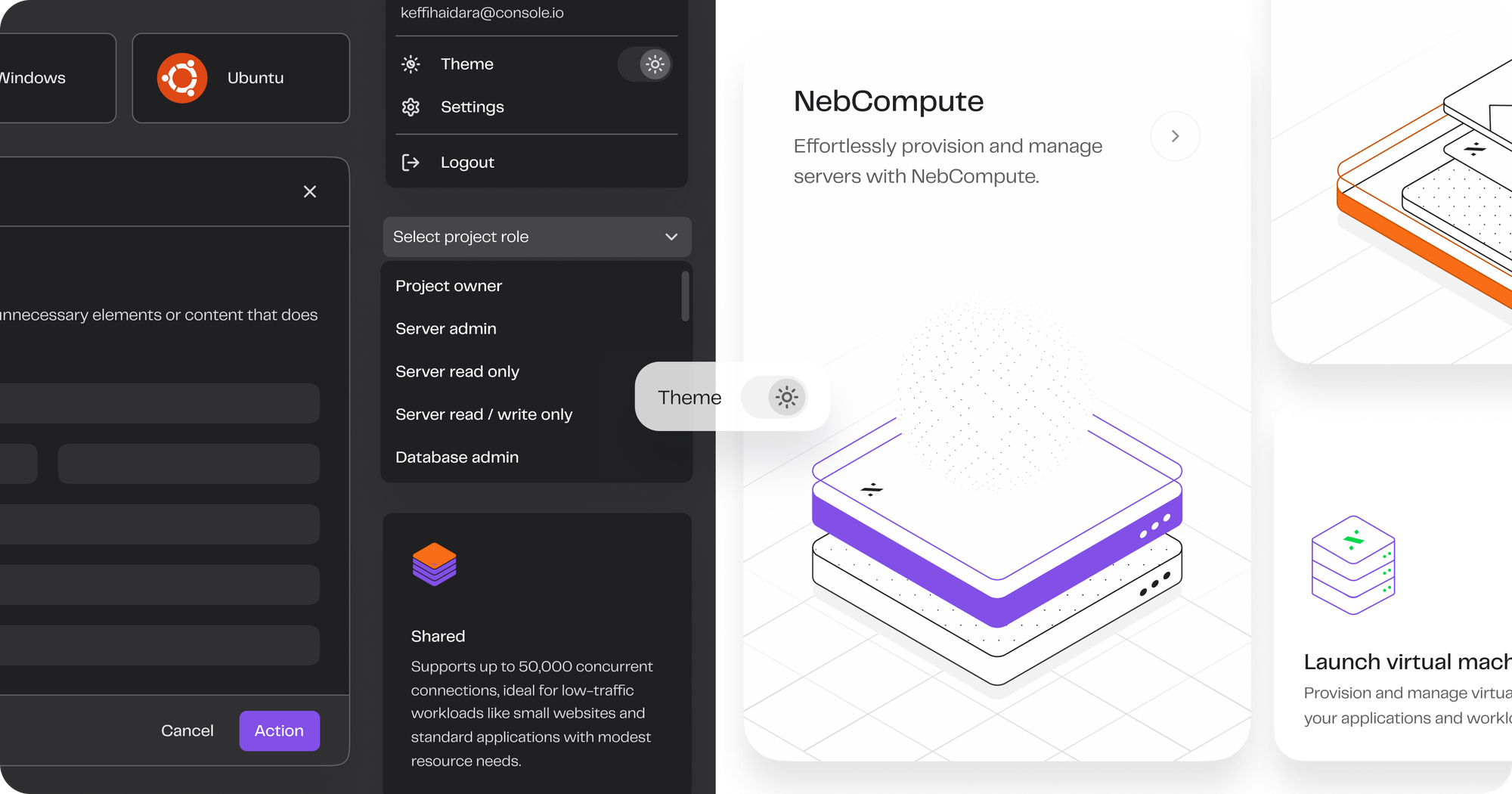
Modernising the cloud experience for developers
Cloud platforms often feel outdated compared to the modern tools developers use daily. With Nebula, we set out to change that by creating a fast, lightweight, and intuitive experience. Rather than relying on traditional cloud UI patterns, we designed Nebula to feel like a natural extension of the tools that developers already work with. By embracing fluid, responsive design principles, we’ve built a platform that enhances usability and makes working in the cloud more enjoyable.
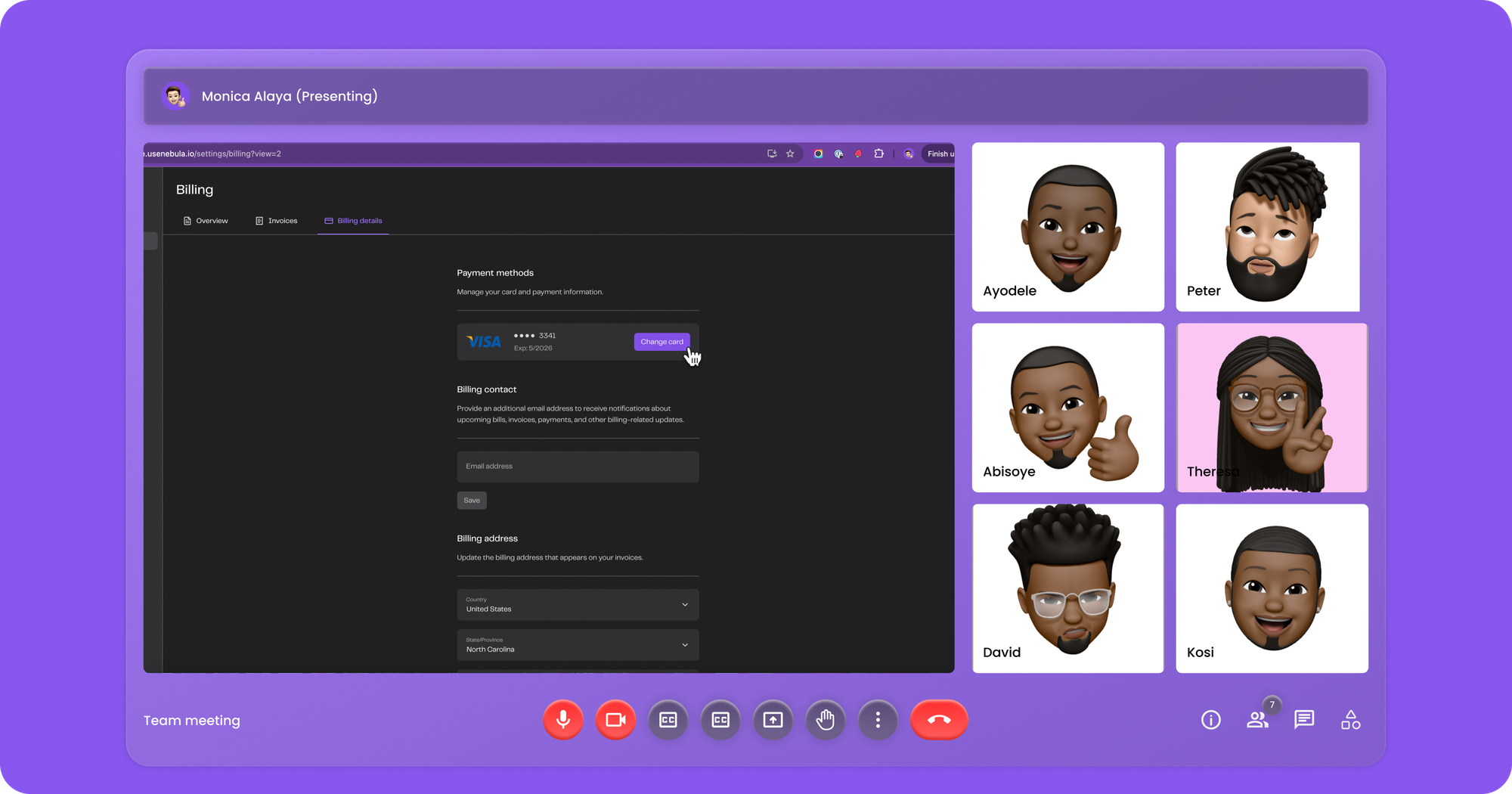
Validating through internal testing
From the start, we prioritized testing within our engineering team, the people who would rely on Nebula daily. Our DevOps engineers, Cloud architects, and key technical stakeholders became our primary test group, allowing us to validate design decisions in an environment that closely mirrored real-world usage.
By continuously refining workflows with users who have a deep understanding of cloud platforms, we can address pain points and ensure the platform aligns with the expectations of our target audience.
Conclusion
Creating a developer-first platform is an ongoing journey, not a destination. As Nebula continues to grow, we’re committed to refining the platform based on feedback from the developers who use it.
We will continue prioritising collaboration and feedback from our engineering teams, ensuring Nebula adapts and improves in ways that make sense for developers. Our goal is to create a platform that supports and enhances their workflows, making it easier to build, scale, and innovate.
If you’re a developer looking for a cloud platform designed with you in mind, join our closed beta and help shape the future of Nebula.


